The Greenhouse effect is a phenomenon that causes the earth’s surface to heat up. This can be due to natural processes, or it can happen because of human activity. To prevent the greenhouse effect from happening, we must understand what causes it and how it works so that we may act in preventing this harmful process.
This blog post will cover the following: What is the greenhouse effect? How does it work? , Why are there different types of greenhouse gases? What are some examples of these gases? their effects on the environment and prevention.
What Is the Greenhouse Effect?
The greenhouse effect is a phenomenon that causes the earth’s surface to heat up. This can be due to natural processes, or it can happen as an unfortunate result of human activity.
The greenhouse effect is one of the most important environmental issues that has arisen in recent years. It is caused by the accumulation of gases such as carbon dioxide, methane, and nitrous oxide in the atmosphere.
These gases act like a blanket to trap heat from escaping into space. As these gases accumulate, they are causing global temperatures to rise which will have significant effects on our planet.
How Does It Work?
how to use a greenhouse for beginners? In order for this process to take place, there needs to be three things: the sun, a gas in the atmosphere called a greenhouse gas, and a layer of the atmosphere called the troposphere. The greenhouse effect happens when the sun shines on the surface of the earth.
The heat that is reflected into space cannot escape because gases in Earth’s atmosphere trap some of this energy, causing a warmer planet and an increase in temperature. This trapped energy makes up what is called infrared radiation, which can be felt as heat.
Why Are There Different Types of Greenhouse Gases?
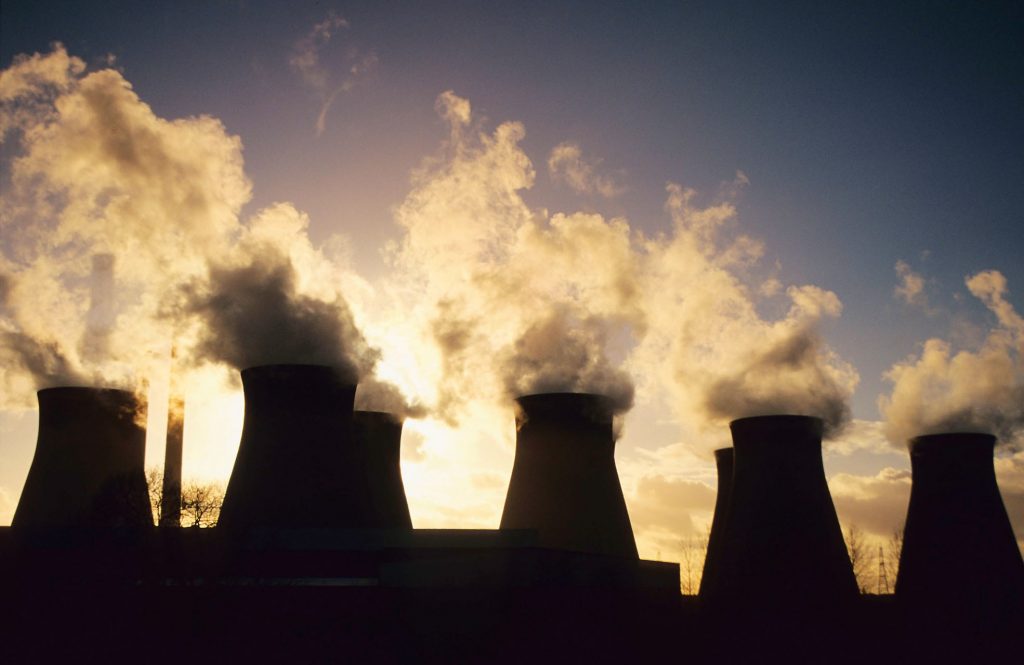
There are different kinds of greenhouse gases because they react in different ways to light. The three main categories for greenhouse gasses are: carbon dioxide, methane, and nitrous oxide. Carbon dioxide is the most prevalent type of greenhouse gas, and it has a significant effect on Earth’s temperature due to its long-term accumulation over time.
Methane is also a significant contributor to the greenhouse effect because it is produced by human activities and natural processes. Nitrous oxide, on the other hand, has an impact that is less than methane but still makes up approximately nine percent of all greenhouse gases in our atmosphere.
Causes of the Greenhouse Effect
There are two main causes of the greenhouse effect: natural and human induced.
Natural sources include volcanic eruptions, sunlight heating up land, water vapor in the atmosphere (a gas), hot air near Earth’s surface turning into a layer of warm air higher up in the atmosphere called an atmospheric boundary layer.
Human-Induced Causes:
Human-induced greenhouse gases are things that were created by humans and released into the atmosphere. They include carbon dioxide, nitrous oxide, chlorofluorocarbons (CFCs), methane gas, hydrofluorocarbons (HFCs) and others. These gases can be found in fuels like gasoline or coal for example and can also be emitted from factories.
Effects:
There are many ways that the greenhouse effect impacts our environment, but some examples include a change in precipitation patterns, warmer global temperatures which could lead to more intense storms or droughts (depending on where you live), increased acidity levels of lakes and oceans because of the presence of carbon dioxide, and decreased levels of oxygen in oceans because they have absorbed some gas.
Prevention Of Green House Effect
There are many ways that we can prevent this harmful process from happening such as using solar panels to generate power or taking public transportation instead of driving your car. There is also a solution on an individual level which includes being more environmentally conscious and recycling.
- Control the level of CO emissions in vehicles.
- Investigate and develop renewable energy technologies.
- Improve air quality by reducing industrial pollution, vehicle exhausts and chemical emissions from power plants or using clean coal technology that captures carbon dioxide before it is released into the atmosphere.
- Reduce deforestation rates to limit the release of CO into the atmosphere.
- Improve agricultural practices to reduce fossil fuel use, and increase soil carbon content to sequester more atmospheric CO
- Increase forest cover worldwide.
- Promote sustainable forestry that will store large amounts of carbon dioxide as wood product without releasing it back into the air, while also providing a valuable timber resource.
- Create an international framework to address climate change and provide support for developing nations as they implement policies and strategies to reduce the risk of catastrophic impacts from global warming; through both mitigation (reducing emissions) and adaptation measures that will help countries cope with the unavoidable consequences of a changing climate.
Conclusion
The greenhouse effect is one of the most pressing issues facing humanity. Understanding what causes it, how to prevent it and it effects on our planet are crucial for living sustainably in this world we share with so many other species.
If you want more information about these concepts or would like help implementing them into your life, feel free to let us know by commenting down below.

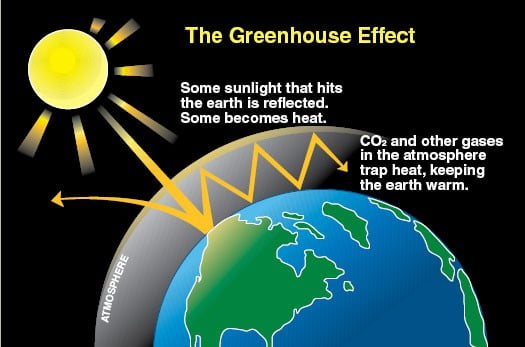

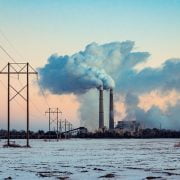
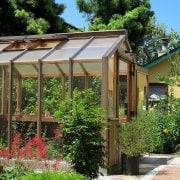

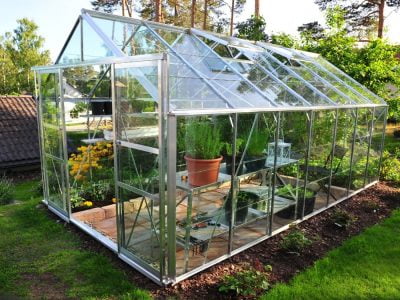
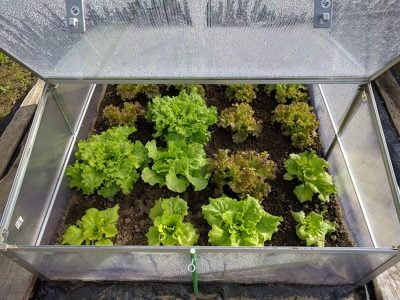

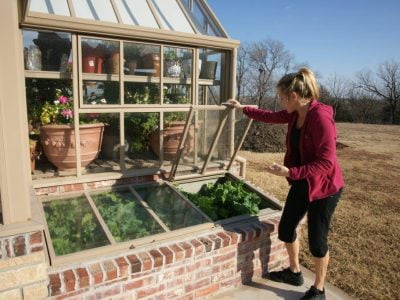

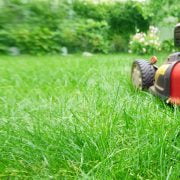


Comments